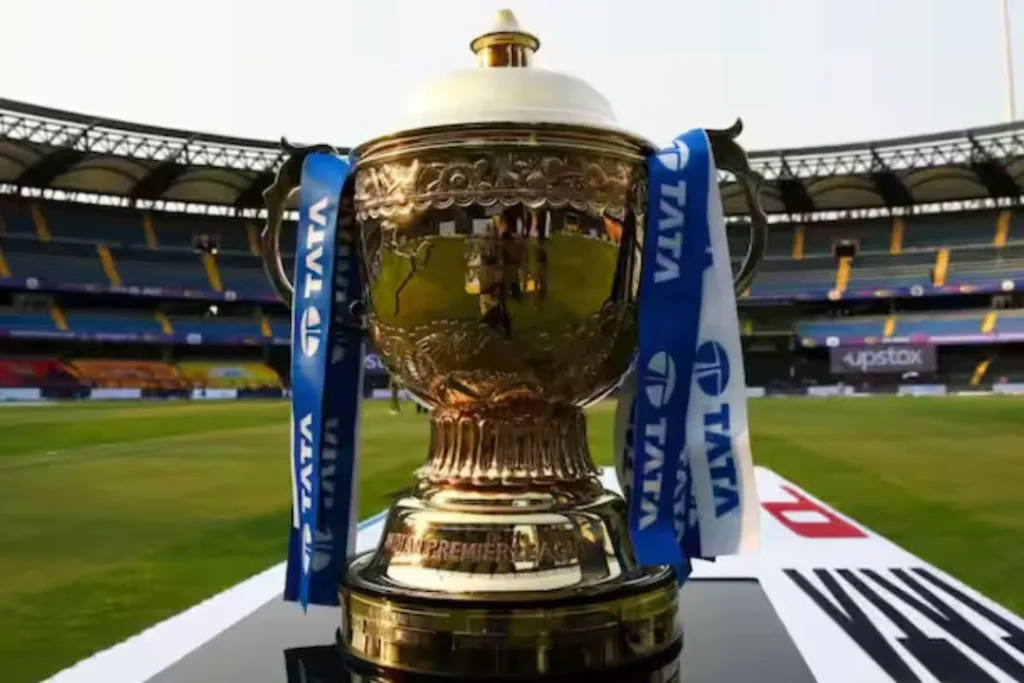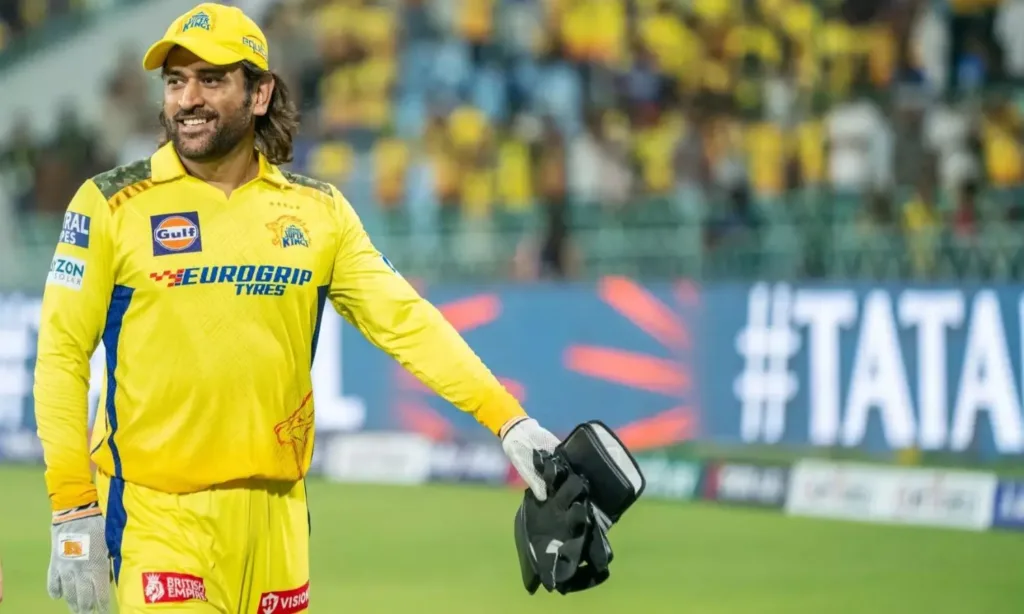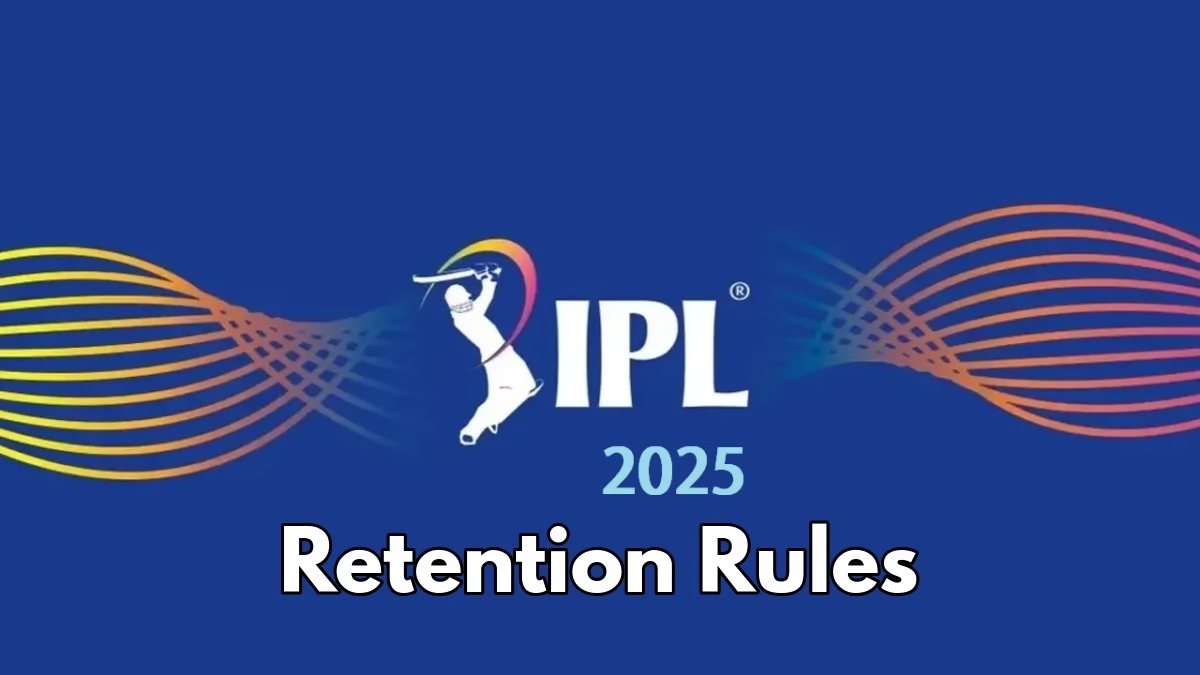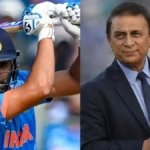Explore the important thing adjustments in IPL 2025, including retention rules, auction purse updates, and techniques shaping the season’s participant dynamics.
The Indian Premier League (IPL) continues to evolve, introducing new strategies and guidelines that reshape the way teams method player control, retention, and the auction system. As the IPL 2025 season strategies, there are several key changes and updates with the intention to have a major effect on how franchises prepare for the competition. The IPL governing council has made some significant announcements that will influence the dynamics of the upcoming season.

Retention Rules for IPL 2025
One of the most significant changes for IPL 2025 is the retention policy. IPL franchises may have the possibility to hold up to 6 players each, a move that allows teams to preserve their star players while still participating in the mega auction.
Key Highlights:
- Maximum of Six Retentions: Each franchise can hold a maximum of six players, that may consist of a combination of retained players and Right-to-Match (RTM) playing cards.
- Capped and Uncapped Players: Franchises can retain as much as five capped players (each Indian and distant places) and a maximum of two uncapped Indian playersx.
The decision to allow teams to retain six players, along with the RTM card, gives franchises greater flexibility of their squad-building strategy. This guarantees they could keep their core players while also having a chance to grab new talent at the auction.
Retention Slabs:
For capped gamers, the IPL has set the following salary slabs:
- First Three Retentions: INR 18 crore, INR 14 crore, INR 11 crore.
- Next Two Retentions: INR 18 crore and INR 14 crore.
For uncapped players, the retention price remains INR 4 crore, as changed into the case in previous auctions.
For instance, if a franchise keeps 5 capped players and one uncapped player, it’s going to lose INR 79 crore from its purse of INR 120 crore. This means the franchise will enter the auction with INR 41 crore left to bid. Similarly, retaining 4 capped and two uncapped players will reduce the purse through INR 69 crore.
Total Salary Cap:
- The overall profits cap for IPL 2025 will consist of the auction purse, performance pay, and match fees. In 2024, the cap was INR 110 crore, but it’ll increase to INR 146 crore in 2025, INR 151 crore in 2026, and INR 157 crore in 2027.
This increase in the salary cap allows team extra flexibility in managing their finances while still adhering to the constraints of the auction purse.
The Return of the Right-to-Match (RTM) Card
The Right-to-Match card, which allows a franchise to maintain a player by matching the best bid made during the auction, is returned for IPL 2025 after being discontinued within the 2022 mega auction. The RTM card offers an additional layer of strategy for teams, permitting them to make sure that their key players don’t slip away to their franchises at during the auction.
How the RTM Card Works:
- When the bidding for a player concludes, the franchise holding the RTM card receives the opportunity to match the highest bid made by another franchise.
- The RTM card process now consists of a slight modification: the final bidder is given a chance to raise their bid earlier than the RTM holder exercises their right. This means the highest bidder can increase their bid if they want to outbid the RTM holder.
For example, if Team 1 holds the RTM card for a participant and Team 2 bids INR 6 crore, Team 1 can both exercising the RTM at INR 6 crore or permit Team 2 to increase their bid. If Team 2 increases the bid to INR 9 crore, Team 1 can still use the RTM and purchase the player at the brand new price of INR 9 crore.
This modification addresses player concern about not receiving fair market value through the RTM process, providing a more transparent and equitable system for players within the auction.
Impact Player Rule to Stay Until 2027
Since its creation in 2023, the Impact Player rule has been a topic of discussion and debate. Despite a few objections from franchises and concern voiced by using players like Rohit Sharma, the IPL has showed that the guideline will stay in place until at the least the 2027 season.
What is the Impact Player Rule?
The Impact Player rule allows a team to substitute a player from the beginning XI with a specialist batter, bowler, or all-rounder during the course of the match. This participant can come in after the initial XI is introduced, giving teams more flexibility within the middle of a game.
The rule has been credited with creating more excitement and spectacle in IPL matches, contributing to some of the highest-scoring games inside the league’s history. However, a some players and experts believe it might hinder the development of all-rounders, who traditionally play a important role in T20 cricket.
Despite mixed reactions, the IPL governing council believes that the rule has enhanced the product from a viewer’s perspective, leading to thrilling on-field moments and strategy shifts.
Injury Replacements and Player Loans
In an important development, the IPL has introduced more leniency for injury replacements. In previous seasons, a franchise had to seek for a replacement player before the seventh match of the season if an injury happened. However, for IPL 2025, this window has been prolonged, and team can now seek replacements until the 12th match in the league phase.
This change allows franchises more time to evaluate the severity of injuries and make informed selections approximately substitute players.
Player Loan System:
Another interesting change is the reintroduction of the player loan system. Although this rule has never been used in previous seasons, IPL 2025 will allow teams to loan players to other franchises during in the season. This system is expected to bring extra flexibility and depth to squad-building, especially while injuries or form issues arise.
The loan system could help teams fill gaps in their squad and offer players more opportunities for game time in the event if they’re now not getting regular playing opportunities with their primary franchise.
MS Dhoni and the Uncapped Player Rule

In a broader discussion on uncapped players, the IPL has decided to revive a rule that allows Indian gamers who’ve retired from international cricket for at least 5 years to enter the auction as uncapped player.
What This Means for MS Dhoni:
One of the most notable outcomes of this rule change is that Chennai Super Kings (CSK) can now retain their legendary captain MS Dhoni as an uncapped player. Dhoni, whose last international appearance was during the 2019 ICC Cricket World Cup, can now be retained for INR 4 crore in place of INR 12 crore (which was his previous retention price).
This rule is a game-changer for franchises like CSK, who have a close relationship with iconic players like Dhoni. It also sets a precedent for other veterans who might have stepped away from international cricket but still hold significant values in the IPL.
Conclusion: A New Era for IPL 2025
The IPL 2025 season promises to be a landmark one with numerous changes and enhancements designed to bring more excitement, fairness, and flexibility to the tournament. From the introduction of the RTM card to the extension of the Impact Player rule, these changes provide franchises new tools to build stronger teams and create extra thrilling cricketing spectacles.
The revised retention policies, injury replacements, and the ability to loan players will surely affect how teams approach the upcoming season. And with MS Dhoni’s potential retention as an uncapped participant, the stage is set for a more greater dramatic IPL season.
With a larger auction purse, additional rules to help teams navigate the complexities of the modern game, and a continued dedication to expanding the league’s global reach, IPL 2025 is shaping up to be one of the most exciting seasons yet. Fans can assume high level composition, fresh talent, and innovative strategies so that it will make IPL 2025 an unforgettable cricketing spectacle.






